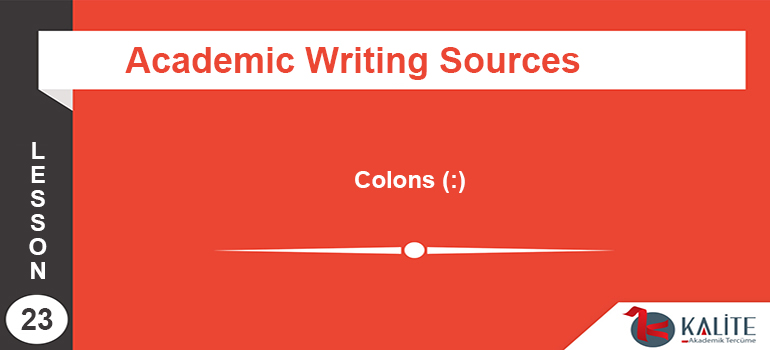
Colons (:)
Colons are used most often to introduce lists, quotations, or examples, but they can also introduce key terms or concepts with emphasis. Usually you can think of a colon as saying “what comes next explains what came before.”
To use colons correctly, the most important thing to remember is that a colon must be preceded by a fully formed thought that could stand as a sentence on its own (technically termed an “independent clause”).
Colon misused after verb
By far the most common misuse of a colon occurs when it falls too early in the sentence, often after the verb “to be” or “to include.”
This mistake occurs with many different verbs, but each of these verbs has something in common: each requires something to follow it (technically, the verbs in this mistake are always “transitive verbs” or “linking verbs”).
One of the best ways to avoid this mistake is to get into the practice of reminding yourself why you use any piece of punctuation. In the flawed example below, the problem is most obvious when you consider that the verb “are” already signals to the reader everything that the colon would signal.
In other words, we expect “are” to be followed by a word or phrase that compliments or explains the preceding phrase, so the colon is utterly redundant.
| Examples |
| “The best contemporary Canadian musicians are: Hawksley Workman and Shad.” |
| “The best contemporary Canadian musicians are Hawksley Workman and Shad.” |
| “The best contemporary Canadian musicians are as follows: Hawksley Workman and Shad.” |


